Optimal system integration of offshore wind energy is essential to reach net-zero emissions at the lowest cost to society. Common Futures uses its expertise on (offshore) system planning, future supply, demand, and interconnections for both electricity and hydrogen to create a clear view on how to integrate large amounts of offshore wind energy. We bring together parties to develop strategies and drive forward implementation.
Offshore wind has a high potential to supply competitive, clean energy. The EU targets 111 GW of offshore wind for 2030, which could cover around 15% of its electricity demand. Much of this will be built in Northwest Europe, particularly in the North Sea and the Baltic Sea.
Integrating these vast quantities of wind power brings new challenges to the energy system. Offshore wind has a high capacity factor – typically 40-45% on the North Sea - but it has periods with high production, followed by periods with low production; both may last for many days, even summed over large areas. Europe’s electricity grids are struggling to keep up with the scale-up of offshore wind capacity, and storage is needed, e.g. to supply baseload industrial electricity demand, and to provide dispatchable electricity in the low-wind periods. Renewable hydrogen, also needed in the energy transition, can be produced by electrolysis in high-wind periods, and stored in salt caverns and potentially empty gas fields. However, the situation in any country depends on developments in other countries (through interconnection) and other energy technologies like solar PV, hydrogen, and biomethane. Common Futures has an excellent understanding of this international and intersectoral context.
At Common Futures, we work with international wind developers and energy infrastructure companies, to overcome challenges and create new (business) opportunities in doing so. By applying a system-wide approach, we identify synergies between sectors and energy carriers that can help speed up the energy transition, minimise its societal costs, and safeguard security of supply.
Related projects
-
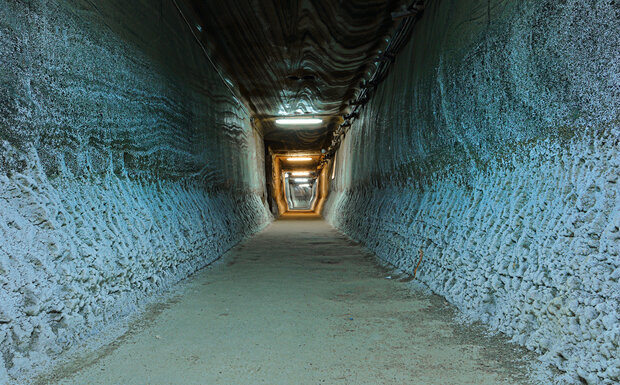
Simulating hydrogen storage in gas fields and salt caverns
EBN -

Strategic contributions to the NSWPH discussion paper on Offshore Electrolysis
North Sea Wind Power Hub (NSWPH) -
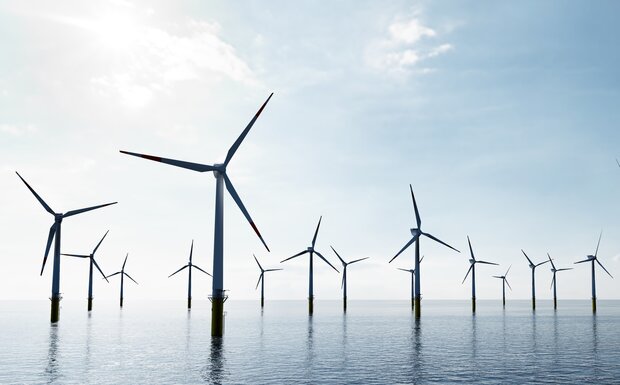
System integration gap analysis
Large international offshore wind developer -
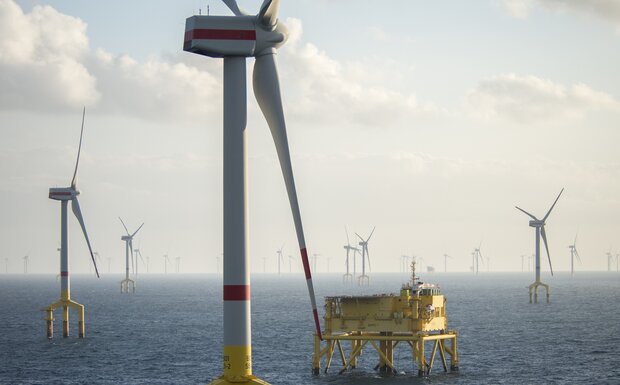
Energy infrastructure on the North Sea after 2030
Ministry of Economic Affairs and Climate Policy -
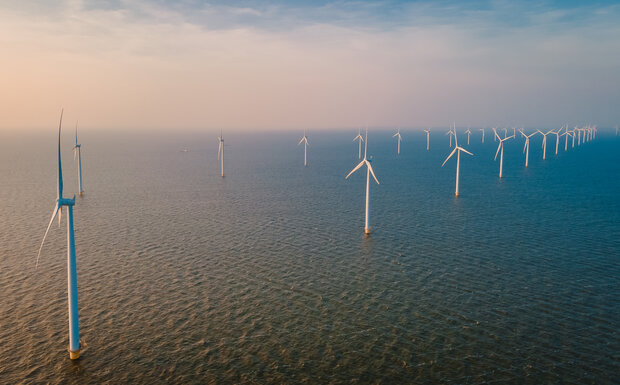
System integration of offshore wind
BlueFloat Energy -
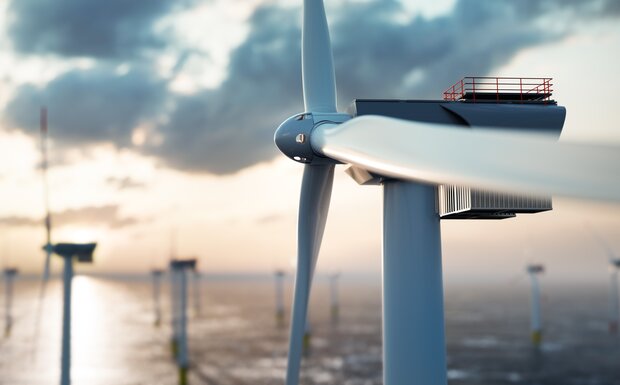
Hydrogen as additional product of offshore wind farms
Large offshore wind developer -
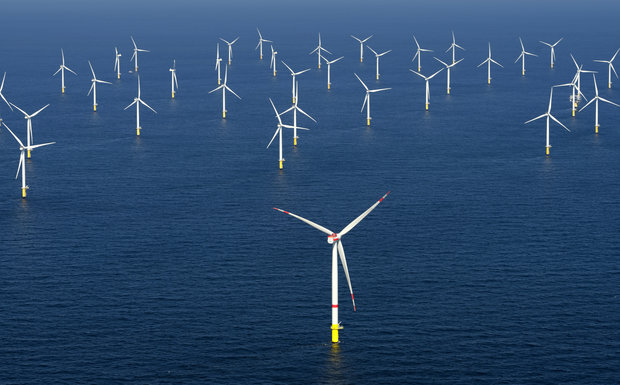
Solar, wind and waves working together at sea
Invest-NL (impact investor) -
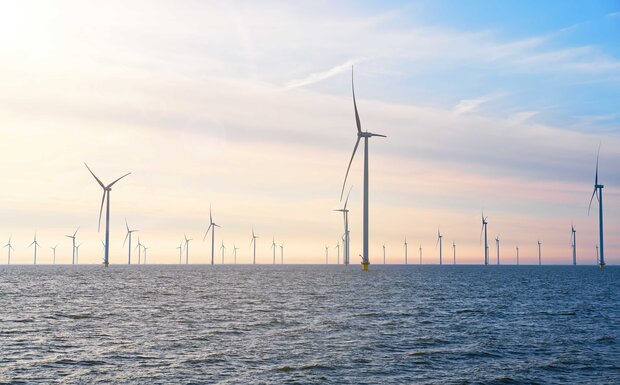
Bid support for Hollandse Kust West VII
Vattenfall -
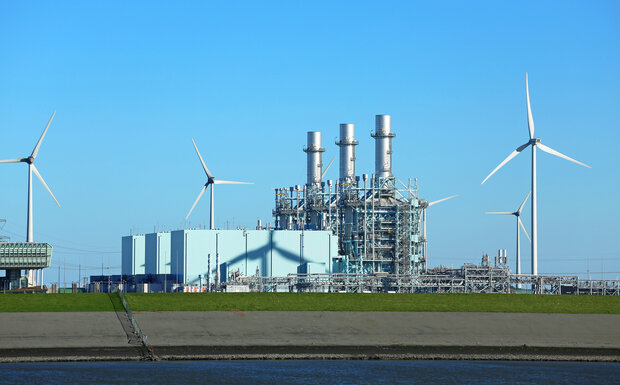
The system cost of dispatchable power
Eurogas
